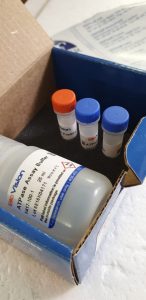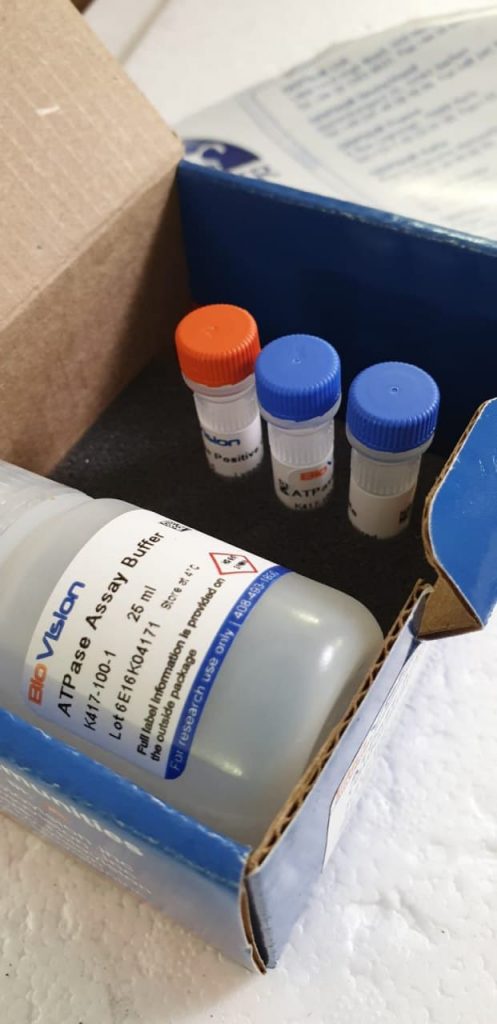The general objective was to make the most of a fuel chromatography spectrometry based metabolomics approach to investigate the metabolite changes in goat milk yoghurt during storage. A complete of 129 metabolites have been recognized in goat milk yoghurt during 28 days refrigerated storage. Among 129, 39 metabolites have been differentially regulated (p < 0.05) whereby 22 have been upregulated (UR) and 17 have been downregulated (DR). 17 (9 UR, eight DR), 20 (11 UR, 9 DR) and a pair of (each UR) differential metabolites have been recognized during storage interval of 0-14, 14-28, and 0-28 days, respectively.
Metabolic pathway evaluation revealed that aminoacyl-tRNA biosynthesis, phenylalanine, tyrosine and tryptophan biosynthesis and phenylalanine metabolism altered during 0-14 days storage; whereas fatty acid biosynthesis, and propanoate metabolism altered during 14-28 days of storage. Metabolite-gene interplay evaluation recognized genes regulated by differentially expressed metabolites. Functional annotation of interacted genes in corroboration with that of KEGG pathway evaluation supplied the possible mechanisms that altered the metabolites during storage. These findings reveal complete insights into the metabolite alterations during storage. This analysis gives sensible data for growing goat milk yoghurt with enhanced bio-activities and would support in future investigations into the dietary analysis and isolation of practical compounds.
Evaluation of the chromatographic properties of covalently bonded hyperbranched stationary part based on poly(styrene-divinylbenzene) (PS-DVB) and containing zwitterionic fragments in the construction of practical layer was performed in suppressed ion chromatography (IC), reversed part excessive efficiency liquid chromatography (RP HPLC), and hydrophilic interplay liquid chromatography (HILIC) modes. Besides the risk of resolving 20 inorganic anions and natural acids utilizing KOH eluent in suppressed IC, ready resin supplied the separation of alkylbenzenes in RP HPLC, water-soluble nutritional vitamins, amino acids, and sugars in HILIC mode.
Trends in the retention of hydrophobic and polar analytes on the ready stationary part indicated the dominating impact of analyte nature on the retention mechanism and proved passable hydrophilization of PS-DVB floor with hyperbranched practical layer for retaining polar compounds. The obtained outcomes revealed good prospects of utilizing hydrophobic PS-DVB substrate for making ready stationary phases for mixed-mode chromatography. In this context, non-volatile pattern buffers affect outcomes. In the worst case, the (bio-)nanoparticle sign is misplaced due to an elevated baseline and unspecific clustering of non-volatile parts.
Online hyphenation of dimension exclusion chromatography and gas-phase electrophoresis facilitates the characterization of protein aggregates
Gas-phase electrophoresis yields dimension distributions of polydisperse, aerosolized analytes based on electrophoretic rules. Nanometer-sized, surface-dry, single-charged particles are separated in a excessive laminar sheath circulation of particle-free air and an orthogonal tunable electrical discipline. Additionally, nano Electrospray Gas-Phase Electrophoretic Mobility Molecular Analyzer (nES GEMMA) information are particle-number based. Therefore, small particles will be detected subsequent to bigger ones with no bias, e.g., native proteins subsequent to their aggregates. Analyte transition from the liquid to the gas-phase is a technique inherent prerequisite.
We current a novel on-line hyphenation of liquid chromatography and gas-phase electrophoresis, coupling a dimension exclusion chromatography (SEC) column to a complicated nES GEMMA. Via this novel approach it’s attainable to (i) separate analyte multimers already current in liquid-phase from aggregates fashioned during the nES course of, (ii) differentiate liquid-phase and spray-induced multimers and (iii) to take away non-volatile buffer parts on-line earlier than SEC-nES GEMMA evaluation.
Due to these findings, SEC-nES GEMMA has the excessive potential to assist to perceive aggregation processes in organic buffers including the advantage of precise dimension willpower for non-covalent assemblies fashioned in resolution. As detection and characterization of protein aggregation in large-scale pharmaceutical manufacturing or sizing of non-covalently sure proteins are findings straight associated to technologically and biologically related conditions, we suggest the introduced methodology to be a precious addition to LC-MS approaches. This article is protected by copyright. All rights reserved.

Capillary Zone Electrophoresis-Tandem Mass Spectrometry As an Alternative to Liquid Chromatography-Tandem Mass Spectrometry for Top-down Proteomics of Histones
Top-down proteomics (TDP) is a perfect approach for deciphering the histone code and it routinely employs reversed-phase liquid chromatography (RPLC)-tandem mass spectrometry (MS/MS). Because of the excessive complexity of histones relating to the variety of proteoforms, new analytical instruments with high-capacity separation and extremely delicate detection of proteoforms are required for TDP of histones. Here we current capillary zone electrophoresis (CZE)-MS/MS through the electro-kinetically pumped sheath-flow CE-MS interface for large-scale top-down delineation of histone proteoforms. CZE-MS/MS recognized a comparable variety of proteoforms to RPLC-MS/MS from a calf histone pattern with greater than 30-fold much less pattern consumption (75-ng vs. Three μg), indicating its considerably greater sensitivity.
[Linking template=”default” type=”products” search=”For gas chromatography” header=”3″ limit=”145″ start=”2″ showCatalogNumber=”true” showSize=”true” showSupplier=”true” showPrice=”true” showDescription=”true” showAdditionalInformation=”true” showImage=”true” showSchemaMarkup=”true” imageWidth=”” imageHeight=””]
We recognized about 400 histone proteoforms from the calf histone pattern utilizing two-dimensional size-exclusion chromatography (SEC)-CZE-MS/MS with lower than 300-ng proteins consumed. We recognized histone proteoforms carrying numerous tentative post-translational modifications (PTMs), for instance, acetylation, methylation (mono-, di-, and tri-), phosphorylation, and succinylation. The electrophoretic mobility (μef) of unmodified histone proteoforms will be predicted precisely (R2 = 0.98) with an optimized semiempirical mannequin based on our latest work. The outcomes render CZE-MS/MS as a great tool for deciphering the histone code in a proteoform-specific method and on a worldwide scale.

